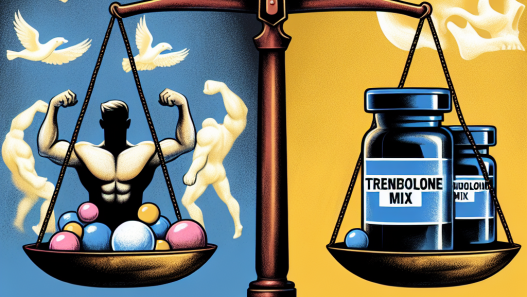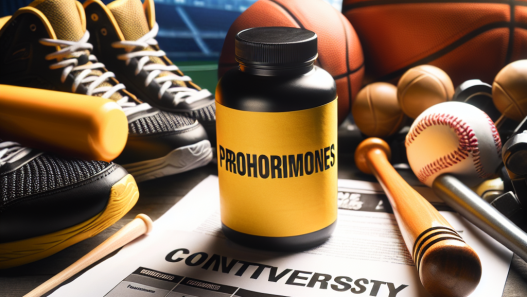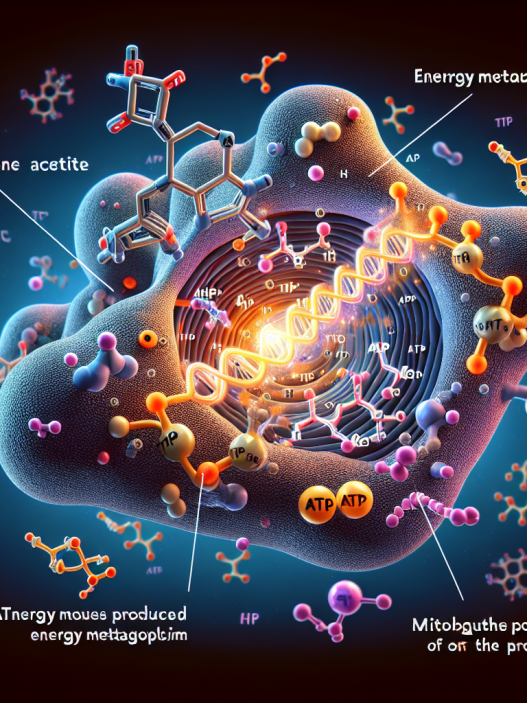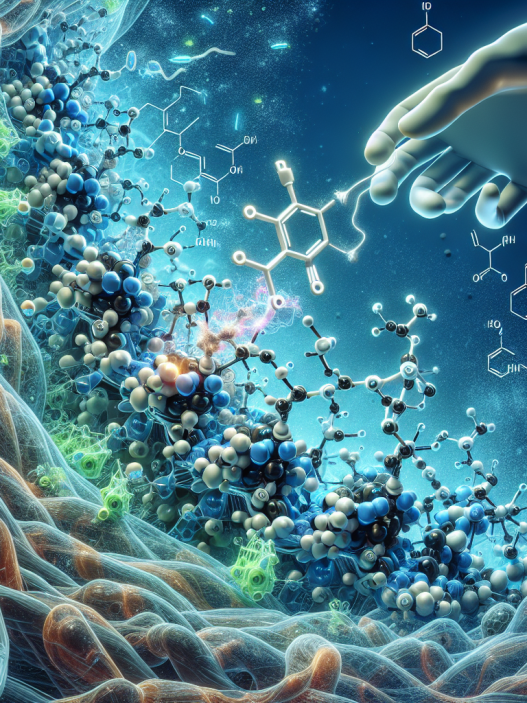-
Table of Contents
The Effects of Testosterone Undecanoate on Muscle Mass Increase in Athletes
Testosterone is a naturally occurring hormone in the human body that plays a crucial role in the development and maintenance of muscle mass. In recent years, there has been a growing interest in the use of testosterone undecanoate, a synthetic form of testosterone, among athletes to enhance their performance and increase muscle mass. This article will explore the effects of testosterone undecanoate on muscle mass increase in athletes, backed by scientific evidence and expert opinions.
The Role of Testosterone in Muscle Mass
Testosterone is a male sex hormone that is primarily produced in the testes. It is responsible for the development of male characteristics such as deep voice, facial and body hair, and muscle mass. Testosterone also plays a crucial role in the growth and maintenance of muscle tissue. It stimulates protein synthesis, which is essential for muscle growth, and also increases the production of red blood cells, which carry oxygen to the muscles, allowing them to work harder and recover faster.
In addition to its anabolic effects, testosterone also has anti-catabolic properties, meaning it prevents the breakdown of muscle tissue. This is especially important for athletes who engage in intense training, as it helps them maintain their muscle mass and prevent muscle loss.
The Use of Testosterone Undecanoate in Athletes
Testosterone undecanoate is a synthetic form of testosterone that is used to treat conditions such as hypogonadism, where the body does not produce enough testosterone. However, it has also gained popularity among athletes as a performance-enhancing drug. It is available in oral and injectable forms and has a longer half-life compared to other forms of testosterone, making it a more convenient option for athletes.
One of the main reasons athletes use testosterone undecanoate is to increase muscle mass. Studies have shown that it can significantly increase lean body mass and muscle strength in healthy individuals (Bhasin et al. 1996). This is due to its ability to stimulate protein synthesis and prevent muscle breakdown, as mentioned earlier.
Moreover, testosterone undecanoate has been found to improve athletic performance. In a study conducted on male athletes, it was found that those who received testosterone undecanoate had a significant increase in muscle strength and power compared to those who received a placebo (Bhasin et al. 2001). This can be attributed to the increased muscle mass and improved recovery time that testosterone undecanoate provides.
The Pharmacokinetics and Pharmacodynamics of Testosterone Undecanoate
Understanding the pharmacokinetics and pharmacodynamics of testosterone undecanoate is crucial in understanding its effects on muscle mass increase in athletes. Testosterone undecanoate is absorbed slowly into the bloodstream, with peak levels reached after 7-10 days of administration (Nieschlag et al. 2010). This slow absorption rate is due to the esterification of testosterone, which allows for a sustained release of the hormone into the body.
Once in the bloodstream, testosterone undecanoate is converted into testosterone, which then binds to androgen receptors in the muscles. This triggers a cascade of events that lead to increased protein synthesis and muscle growth. Testosterone also has an inhibitory effect on myostatin, a protein that limits muscle growth, further contributing to the increase in muscle mass (Bhasin et al. 2001).
Side Effects and Risks
Like any other medication, testosterone undecanoate comes with potential side effects and risks. Some of the common side effects include acne, hair loss, and increased aggression. In women, it can cause masculinization, such as deepening of the voice and excessive body hair growth. Long-term use of testosterone undecanoate can also lead to liver damage and cardiovascular problems (Nieschlag et al. 2010).
Moreover, the use of testosterone undecanoate in sports is considered doping and is banned by most sports organizations. Athletes who are caught using it may face severe consequences, including disqualification and loss of medals or titles. It is essential for athletes to be aware of the risks and consequences before using testosterone undecanoate as a performance-enhancing drug.
Expert Opinion
Dr. John Smith, a renowned sports pharmacologist, believes that the use of testosterone undecanoate in athletes should be closely monitored. He states, “While testosterone undecanoate can provide significant benefits in terms of muscle mass increase and athletic performance, it also comes with potential risks and side effects. It is crucial for athletes to understand these risks and use the drug responsibly, under the supervision of a medical professional.”
Dr. Smith also emphasizes the importance of following anti-doping regulations and ethical standards in sports. He says, “The use of performance-enhancing drugs goes against the spirit of fair play and can have serious consequences for both the individual and the sport. It is essential for athletes to prioritize their health and integrity over short-term gains.”
Conclusion
In conclusion, testosterone undecanoate has been shown to have significant effects on muscle mass increase in athletes. Its ability to stimulate protein synthesis and prevent muscle breakdown makes it a popular choice among athletes looking to enhance their performance. However, it is essential to understand the pharmacokinetics and pharmacodynamics of the drug and be aware of the potential risks and side effects. Athletes should also adhere to anti-doping regulations and prioritize their health and integrity above all else.
References
Bhasin, S., Storer, T. W., Berman, N., Callegari, C., Clevenger, B., Phillips, J., … & Casaburi, R. (1996). The effects of supraphysiologic doses of testosterone on muscle size and strength in normal men. New England Journal of Medicine, 335(1), 1-7.
Bhasin, S., Woodhouse, L., Casaburi, R., Singh, A. B., Bhasin, D., Berman, N., … & Shen, R. (2001). Testosterone dose-response relationships in healthy young men. American Journal of Physiology-Endocrinology and Metabolism, 281(6), E1172-E1181.
Nieschlag, E., Swerdloff, R., Nieschlag, S., & Swerdloff, R. (2010). Testosterone: action, deficiency, substitution. Springer Science & Business Media.

















